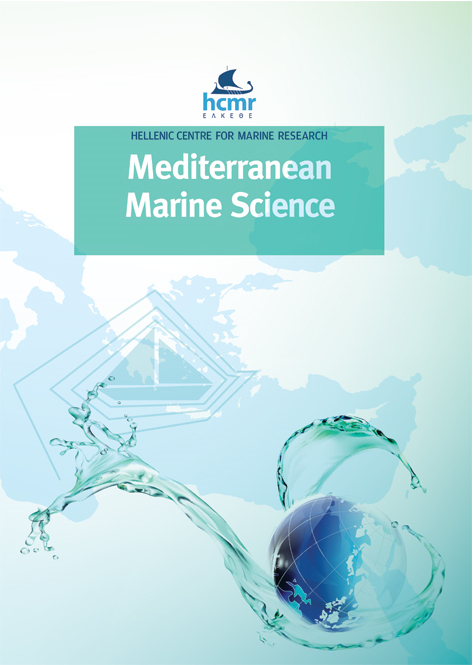The round sardinella (Sardinella aurita Valenciennes, 1847) from the NW Mediterranean: a healthy and safe choice for human consumption
Аннотация
The round sardinella (Sardinella aurita Valenciennes, 1847) is a common pelagic species in the NW Mediterranean, with a low economic value. To evaluate its potential as a resource, a comprehensive study including the nutritional status (proximate and fatty acid composition), zoonotic parasites and heavy metals of fish captured off the coast of Barcelona (NW Mediterranean) was carried out. Thus, 200 specimens were seasonally caught aboard commercial purse seiner fishing vessels between 2022 and 2023. Present results indicate that round sardinella should be considered a lean fish given its low total lipid content, varying seasonally, being higher in spring (1.69%) and lower in summer (0.30-0.62%). Interestingly, during summer (spawning period) and autumn, a high proportion of omega-3 long-chain polyunsaturated fatty acids (46.7-53.7% of the total fatty acids) was observed whereas palmitic acid (C16:0) (45.8% of total fatty acids) was predominant in winter. These variations, probably linked to diet composition, reproductive period and breeding strategy, are discussed. Consuming a daily meal portion of 100 g of round sardinella in summer and autumn provides 206 to 290 mg of eicosapentaenoic acid (EPA)+DHA, fitting inside the recommended levels. Similarly, the atherogenic and thrombogenic indices from this period remained within the optimal range. Moreover, the absence of zoonotic parasites and low levels of heavy metals detected indicate that its consumption, especially in autumn, is both healthy and safe for human health. Promoting this fish in autumn would also enhance sustainable fishery by distributing fishing pressure across various pelagic fish species, given the current decline in these populations.
Article Details
- Как цитировать
-
MUNS-PUJADAS, L., CONSTENLA, M., DALLARÉS, S., SOLER-MEMBRIVES, A., PADRÓS, F., & SALA, R. (2025). The round sardinella (Sardinella aurita Valenciennes, 1847) from the NW Mediterranean: a healthy and safe choice for human consumption. Mediterranean Marine Science, 26(1), 16–29. https://doi.org/10.12681/mms.38787
- Раздел
- Research Article
Authors who publish with this journal agree to the following terms:
- Authors retain copyright and grant the journal right of first publication with the work simultaneously licensed under a Creative Commons Attribution Non-Commercial License that allows others to share the work with an acknowledgement of the work's authorship and initial publication in this journal.
- Authors are able to enter into separate, additional contractual arrangements for the non-exclusive distribution of the journal's published version of the work (e.g. post it to an institutional repository or publish it in a book), with an acknowledgement of its initial publication in this journal.
- Authors are permitted and encouraged to post their work online (preferably in institutional repositories or on their website) prior to and during the submission process, as it can lead to productive exchanges, as well as earlier and greater citation of published work (See The Effect of Open Access).





